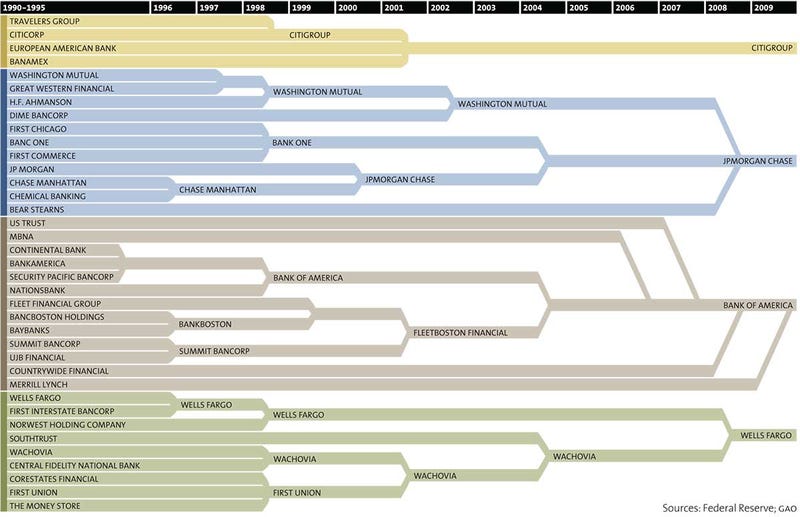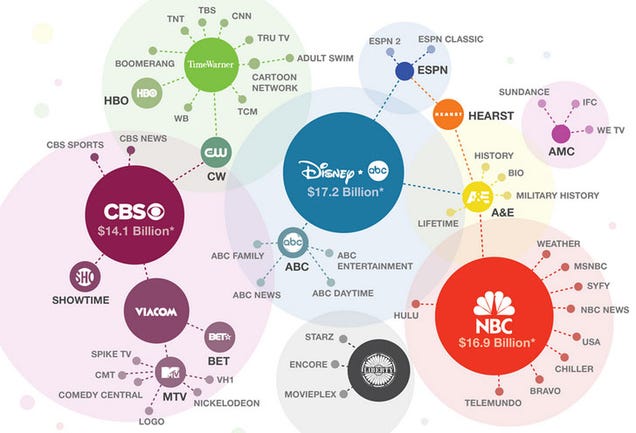Harold Meyerson writing for the American Prospect (via Lemieux) [emphasis added]:
As the convention began, a new Pew poll showed that 88.5 percent of voters who’d consistently backed Sanders throughout the primary season now favored Clinton. A majority of the Sanders delegates in the hall in Philadelphia also back Clinton, but a loud Blinkered minority has managed to command disproportionate media coverage, which ever favors the loud. This disconsolate fringe—not just delegates but also the demonstrators lined up outside the convention area’s fencing—is almost entirely white and non-immigrant, people, that is, with less reason than some to fear a Trump presidency will overturn their lives. Nor are the demonstrators I’ve talked to preponderantly local, but rather have come from across the country to shout their rage and discontent. In short, the Blinkered are a fraction of the left, the Naderites come again. They are people who wouldn’t normally be involved either in Democratic politics or real-world progressive organizations, who hitched their wagon to Sanders’s star while many more experienced progressive activists failed to grasp Sanders’s potential for moving the world further in their direction than any political phenomenon in years.
Obviously, it is dangerous to infer too much from the decidedly nonrandom sample of "people you know," but I am Southern California based and I work with a program that relies heavily on millennial volunteers -- pretty much Bernie ground zero -- and this is entirely in line with what I've seen. Not only did all of the Bernie Sanders supporters I knew say they would support Hillary Clinton if she won the nomination, almost all of them found the thought of doing anything else laughably absurd. Everyone I talked to considered the difference between Sanders and Clinton somewhere between minor and vanishingly small compared to the difference between either and Trump.
As mentioned above, it is dangerous to infer too much from personal experience, but when that experience is backed up with both common sense and polling data, it is okay to infer a little. Specifically. I'd suggest that the political press has overstated the size and strength of this segment of the party.
[insert sarcastic comment about the recent performance of the political press here.]
/cdn0.vox-cdn.com/uploads/chorus_asset/file/6845931/Williston-f2.0.JPG)





